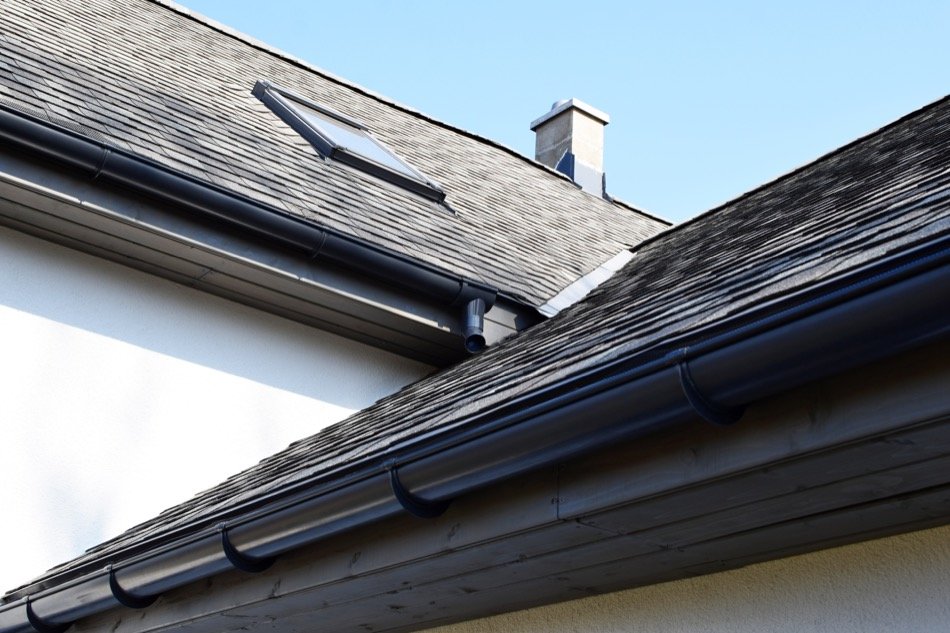Maintaining Your Chimney: Advice for Homeowners
Posted by Justin Havre on Tuesday, October 8th, 2019 at 9:12am.
 Fireplaces are romantic and fun to use. At the right times of year, fireplaces can also be functional, providing heat and light in the house. However, fireplaces and chimneys need to be maintained, or they can become unsafe. If you're a Southeast Calgary homeowner with a fireplace, here's what you need to know.
Fireplaces are romantic and fun to use. At the right times of year, fireplaces can also be functional, providing heat and light in the house. However, fireplaces and chimneys need to be maintained, or they can become unsafe. If you're a Southeast Calgary homeowner with a fireplace, here's what you need to know.
Burn Seasoned Firewood
Seasoned firewood is firewood that's been dried sufficiently. Seasoned firewood has a low moisture content, so it burns easily and produces little smoke. Unseasoned firewood is firewood that has been produced from a recently downed tree. Unseasoned firewood produces a lot of smoke and can take a long time to burn.
The smoke produced by unseasoned firewood can cause creosote to build up in the chimney. Creosote is a sticky, tar-like substance that burns easily. If enough creosote builds up in the chimney, it can become a fire hazard. Homeowners can prevent creosote from building up in their chimney by buying their seasoned firewood from a reputable dealer.
Have Your Fireplace Serviced Once Annually
Fireplaces need to be inspected once annually to ensure they're safe to use. Most fireplaces used during the year also need to be cleaned once annually.
Cleanings often take 20 minutes or less. Even homeowners who haven't used their fireplace in the last year should still have their fireplace inspected at the beginning of the fall, if they're planning to use it. This way, if a problem has developed in the last year (such as the building of a bird nest), it can be remediated before the fireplace is used.
Pests That May Inhabit Your Chimney
The chimney is an attractive hiding spot for all kinds of pests, mostly because it’s a big unattended opening in the house, just waiting to be filled. A number of small animals can use it as an entry point to your home, looking for food and shelter. Here are some of the most popular pest surprises you can find in your chimney:
-
Rodents – mice and rats can squeeze through very small holes to get inside your home, so going through the chimney is an easy task for them. If you hear any scratching and squeaking in your chimney, you probably have a rodent infestation. It’s important to deal with them timely, because they carry other pests with them, like ticks, fleas, and mites.
-
Raccoons – female raccoons often use chimneys to create nests for their babies. Similar to rodents, they also carry dangerous diseases, like rabies and roundworm. They are also known for attacking people when endangered, so be careful when you deal with them.
-
Squirrels – they are very quick and very good climbers, which makes them very difficult to catch. They can easily find their way into chimneys, small crawlspaces and attics.
-
Bats – chimneys are similar to caves, so it’s understandable why bats may like them. If you hear squeaking and rustling noises or notice any droppings in the fireplace, then you probably have a bat infestation. Sometimes you can even actually see the bats flying in and out of the chimney, especially after sundown.
-
Birds – many birds like to build their nests on top of the smoke shelf. This can lead to many unpleasant circumstances, because the smoke can’t find a way out.
How to Avoid Pest Infestations in Your Chimney
Since most of these pests can attack you if you try to approach them, pest control professionals advise to avoid contact unless you have the needed knowledge and tools to deal with the problem. But there are plenty of things you can try to avoid pest infestations in the chimney altogether. Placing a cap or a cover on top of the chimney opening is the most efficient one, because it restricts the access. The chimney hole needs to be open only when you have a fire, otherwise it’s recommended to keep it closed. Installing a fireplace door is a good second barrier for the pests.
Know the Signs of a Problem
Sometimes, when a fireplace has a problem, the homeowner can tell. Homeowners who have a chimney and fireplace should watch for the following problems:
Moss on Bricks
Moss can cause brick work to deteriorate, so any moss on the bricks of the chimney should be removed. In addition, ivy can also cause bricks and mortar to break down. This should also be removed.
Effervescence
Effervescence is a white crusty deposit on the outside of the chimney. Effervescence indicates that water has penetrated the brick and could be doing damage to the chimney.
Smell in the Fireplace
A smell in the fireplace could be an indication that creosote has built up in the flue. It could also be a sign that a pest has made a home for itself inside the chimney.
Choose the Right Professional
If you're a homeowner with a fireplace, work with a professional to ensure that your chimney is well-maintained. Before choosing a chimney professional, check their references and licensure. This will help ensure that your chimney is in good hands.

